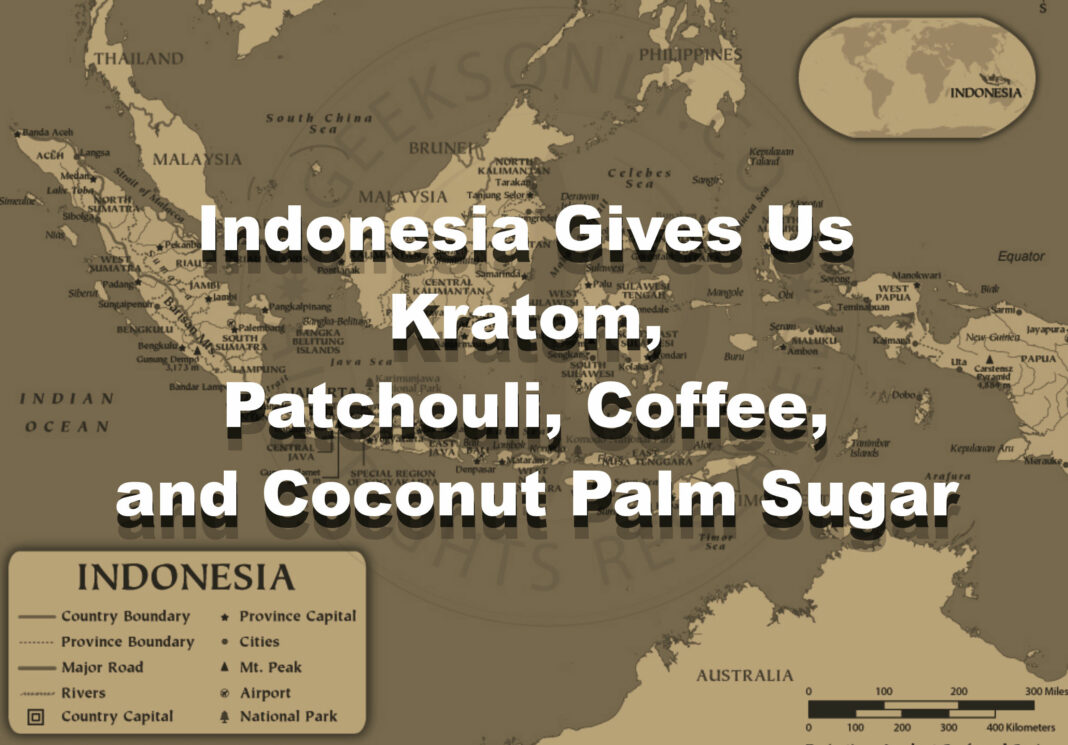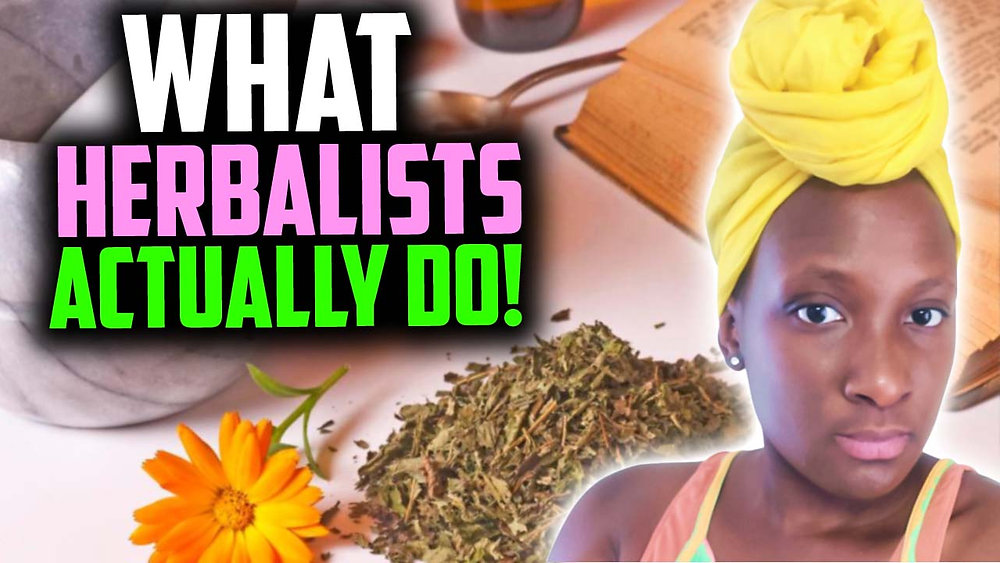Causes of increased Mold and Toxins In Coffee Beans
We have found that there are a variety of issues that can promote mold growth and mycotoxin creation in coffee (similar for tea and spices in general). These include:
The coffee beans are harvested too early such as happens when there is a shortage of berries, or if the weather has necessitated an early harvest.
When harvested early the bean is not fully mature. Lack of maturity when harvested makes the product more susceptible to mold
Mold can also grow during drying, storage and processing.
How Coffee Is Protected From Mold and Mycotoxin Growth
Washing does not work. Washing may make the mold disappear from sight, but mycotoxins are usually left behind. Roasting removes the mold, and mycotoxins to some degree depending on the process and especially the temperature. Many mycotoxins are killed if you raise the temp high enough. For instance, Aflatoxin is not found at all if you heat the beans to 425 degrees fahrenheit. However, most coffee sellers of fine coffee don’t want to be forced to heat their beans to such high temperatures. The temperature of roasting affects the kind of coffee you end up with. Additionally, some beans are not roasted at all such as green unroasted coffee.
Ultimately, the most important thing is to make sure there is no growth of mold during the growing process, storage and processing so it never has a chance to make mycotoxins. When you see mold growing on a plant, it has already got a foothold inside of that plant.
It Begins At The Farm
Growing
Keeping the plants dry is important. Plants should be separated from each other enough to allow for air flow. Air flow dries the plants off and keeps mold from growing. Watering the ground directly such as with soaker hoses, rather than using overhead watering systems is also helpful in keeping the aerial parts of the plant dry.
Ultraviolet light keeps fungus from growing usually and kills spores, but coffee is usually shade grown as it naturally grows under trees, and is acclimatized to grow in the shade. So, this lends to the plant being more likely to grow mold if there is also crowding of the plants and lack of air flow.
All rotten matter should go to the compost. Rotten material has fungus growing in it and is great in the compost pile, but not around the growing plant. Plant debris with fungus will fall to the ground and create a breeding ground for more fungus. It is better to remove moldy debris around the growing coffee plants.
Good beneficial fungi can be helpful. Some farmers spray Trichoderma fungus to fight the types of fungi that make mycotoxins. This is a simple matter of using an aggressive, “friendly” fungus to compete for space on the plants with the “unfriendly” fungus. There are different strains of Trichoderma used and farmers use the ones best for their area. Trichoderma harzianum is used for hot climates and Trichoderma viridae likes cooler climates. The Trichoderma is in a liquid base and is sprayed on the coffee plant.
Harvesting
Using berries that fall on the ground will favor growth of mold and are likely to be contaminated with ochratoxin or other mycotoxins. It is best to dispose of them.
Even worse, many places use machines to shake berries off the bushes/trees and this means both ripe, unripe and moldy berries are shaken off and gathered altogether, and even if they are going through, and picking out the unripe and bad berries, those moldy berries are now mixed up, and mingling with the nonmoldy berries spreading mold and mycotoxins all over the rest of the berries. This is a method of production that creates more mycotoxins in the end product.
Proper Storage is Key
Ventilation and temperature are important factors. Air movement is also very important. In a wet year, with warmth, ventilation becomes even more important. When coffee berries are stored in a big bale and there is no air circulation, and there is humidity mixed with warmth you have a perfect environment to grow mold and mycotoxins.
The Manufacturer/Roaster
Removing any beans that look moldy, have visual defects or earthy/moldy aromas can reduce frequency of OTA levels greater than 10 ppb.
Keeping green coffee under 12.5% moisture is helpful to reduce growth of mold
Roasters often taste the coffee for off flavors or aromas that would be indicative of some molds, however, not all molds provide an off flavor or change in aroma.
How Roasting Affects Mycotoxins
Aflatoxin is not found if you heat a food product up to 425 farenheight.
Ochratoxin A was shown to be reduced significantly when green beans with less than 42 mg/Kg of OTA underwent dark roasting. It did not decrease the OTA much if they were light or medium roasted. It was found that roasting could decrease OTA by 97% if the roast was very dark and the grounds are very coarse. However, this tastes like burnt coffee and you lose the healthy antioxidants, and additionally, other unhealthy compounds are formed called polycyclic aromatic hydrocarbons.
Another study found roasting at 200 degrees centigrade for 10 or 20 minutes was ineffective as there was at the most 12% reduction at this temperature. The discrepancies in these and other studies makes me believe, the only way to make sure you don’t have ochratoxin A in your beans is for the coffee supplier to make sure OTA as well as other mycotoxins of concern are not allowed to develop at any stage of coffee growing, processing, or storage. Additionally, testing before selling the product becomes very important.
Roasting And Mycotoxin Metabolites
Some mycotoxins are degraded by heat. Hopefully, that means they are completely gone. However, there is the chance they could be degraded into a toxic metabolite that we don’t know. So, if the mycotoxin disappears with roasting the question becomes is it really gone, or is it still there but now as another metabolite that our current testing won’t pick up? These unknown metabolites are called masked mycotoxins by researchers. Without studying them and figuring this out, we have metabolites that might be something benign, or they could represent a different safety issue of equal or increased danger that we will discover down the road.
We know that roasting does create mycotoxin degradation metabolites and the hope is that they are less toxic. These metabolic degradation metabolites are not well studied, but we are learning a little about them. For example, 2’R-ochratoxin A is a common degradation product and appears to be lower in toxicity in the small amount of research completed. In one study of 51 coffee samples from France, Germany and Guatemala that examined coffee samples for OTA and 2R-OTA, OTA was found in 96% of samples while 2R-oTA was found in 35% of the samples.
Other Methods Being Tested To Remove OTA
Several approaches have been developed to detoxify OTA. Some of them are worrisome to me while others look interesting. They include the use of adsorbents, irradiation such as the use of gamma radiation, high-pressure, ultrasound, ozone, and biodegradation and/or biological adsorption.
Home Processing
Home-processing methods have been studied to see how they affect the OTA concentration in coffee brews. A 50% reduction was found in espresso coffee, while in moka and auto-drip brews, a lower reduction was achieved. It appears the amount of OTA transferred into coffee drinks was dependent on raw material contamination, overall time of contact, amount of ground coffee and water used as well as temperature of water and the pH of the beverages. In a study conducted by one research group, values ranged from 22.3% to 66.1% of OTA transfer into coffee.
Testing
Testing in a wet year will come up with more mold and mycotoxins than testing in a dry year. Knowing if your coffee beans were grown in a wet or dry year will give you an idea if you should be more or less concerned about mold and mycotoxins on the beans.
Buying Safe Coffee
So, you might be asking yourself, where can I buy coffee that is less likely to have mycotoxins. I found myself asking this questioin at one point a few years back. I also had many of you asking me this question too. So, I searched high and low and was quite disappointed at first. I contacted Bulletproof ™Coffee whom I had previously seen advertise their coffee as not having mold or mycotoxins, but I could not find that data on their website any more. They sent me the following statement:
“Our coffee is tested for performance robbing toxins as a part of the Bulletproof Process for growing, harvesting and roasting our coffee. While we cannot provide exact results, we reject any green coffee that tests out of the specification of our proprietary toxin panel.”
I could not get more information from them and I decided to look for a company that was happy to discuss this serious matter with me in more depth. I found a company named Purity. They were happy to email, talk to me and provide laboratory testing from third parties. I was impressed. The lab tested for aflatoxins, deoxynivalenol, T-2 toxin, fumonisin, ochratoxin A, and zearalenone. Here is a little of what they said, “Purity Coffee does not and will not purchase any green coffee unless it tests free of Ochratoxin and Aflatoxin.”
Purity went on to say, “We sought out producers to work directly with us, who are willing to look at health issues like mycotoxins and see how they can adapt their methods to improve the coffee naturally at every stage of the process. For example, in coffee, the mycotoxin deoxynivalenol (DON) comes from fusarium, which moves from the soil into the plant and can even get into the seeds. DON can cause difficulties in people with gut issues. Our three farmers have created organic and regenerative practices to reduce fusarium to as low levels as possible, creating soil conditions under which the fusarium cannot thrive. The coffee still tastes excellent (our green coffees cup at 86 points, which is considered/graded as “excellent” arabica specialty coffee), and this is due to a huge commitment and dedication of our coffee farmers and their employees. DON is just one of the lesser known mycotoxins in coffee that we are keeping an eye on. I’m attaching one of the lab results for one of our green coffees before it left Honduras. We test all our coffees while still raw before they leave the farm, and then we test them when they arrive in the US, to make sure nothing happened during transport. Once they get to the green coffee warehouse, the water activity and humidity is at a level below microorganism growth (0.60 aw). The 3rd party commercial labs are limited in how low of levels can be tested. These levels in the COA attached are as low as they can go– in other words, our coffee is less than the minimum the lab tests.”
They sent me their actual certificate of analysis from an outside lab (not in house where a company can manipulate data). As she said, they were below the limits of what could be tested. That is as safe as it gets on the market and Purity Coffee is one of the places I am getting coffee from. I also get coffee from Edge Coffee Company.
Edge Coffee, A Second Company With Third Party Certification Showing No Mycotoxins – Update September 2022
I was recently contacted by a coffee company called Edge Coffee Company who sells an organic coffee that is also guaranteed to be mold free. They sent me their 3rd party testing verification from the same company that Purity Coffee uses to test their coffee. This coffee was also free of mycotoxins. Additionally, they sent me a lovely coffee called PERU which I have been enjoying immensely.
To learn more about their coffee, check out their website here.
Additional articles on mold and mycotoxins in our food:
Remember To Send This To Friends And Family Who Will Benefit From Reading It!


